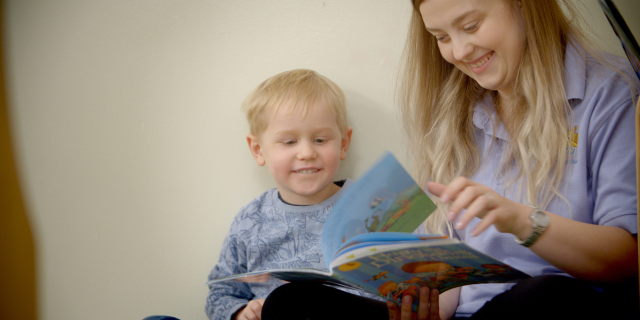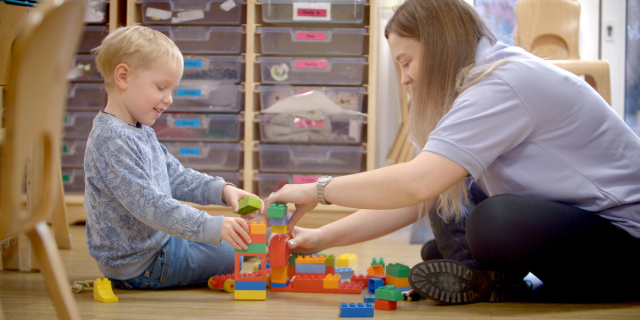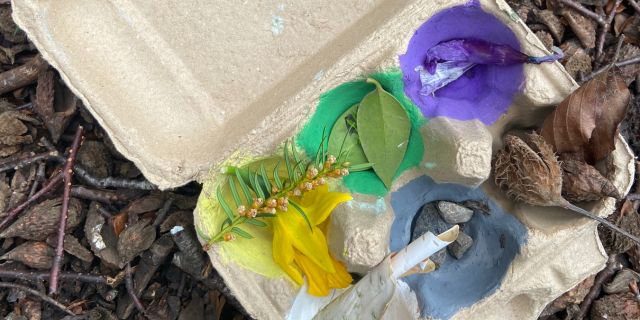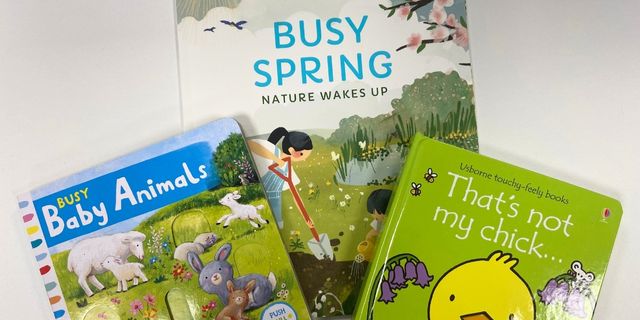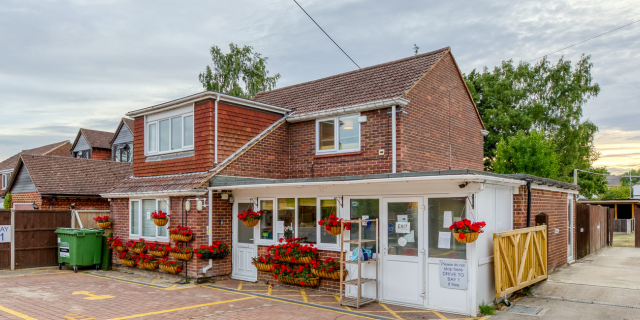Blog
Baby Movements | Cruising & Walking
Blog
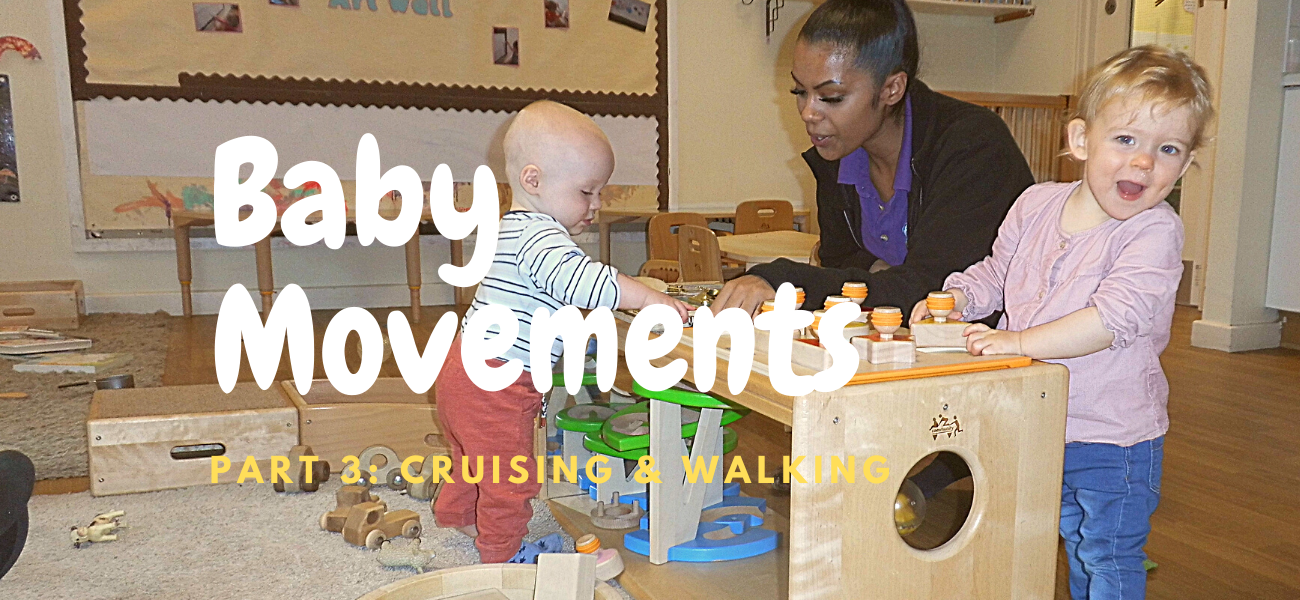
Now your child is exploring their body and its mobility, there will be no slowing them down! As they find everything is more accessible now they are crawling. The next mystery for them to solve is the vertical world. Your child will begin to pull themselves up against furniture, surfaces, pets, you – nothing is off-limits. Which is why it is so important to make sure everything is securely fastened if possible, so your child is not able to pull anything down on top of themselves.
By arranging your furniture to allow your child to be able to move around the home while holding onto secure pieces of furniture continuously, will encourage them to stay on their feet and practise assisted walking (also known as cruising).
Now that your baby is keeping you on your toes, it is a good idea to help them discover theirs – a great way to support your child’s balance when standing is to keep them bare foot so they are more stable and can feel the ground beneath their little feet. There is no need to collect an array of inside walking shoes for your child as they will learn to walk far better bare feet. They keep their heads up more walking bare foot as the feedback they are getting from their feet to their brain means there is less need to look down which can sometimes put them off balance. This will also help them to develop the natural arches, muscles and ligaments in their feet and ankles and contribute to a good posture.
Practise makes perfect
As with everything in these early months in your child’s life, moving on two feet is new and more difficult than crawling on all fours. You can encourage them to stand by turning balancing into a game and help them to learn through play. Sit on the floor with your child and help them to stand, count out loud for as long as they are able to stay on their feet and then give them lots of praise.
Once they are moving around the room, assisted by holding onto furniture it is a good idea to show your child how to go from standing back to a sitting position by holding their hand during the transition and encouraging them to bend their knees.
UK Chief Medical Officers’ Physical Activity Guidelines state that 3 – 4-year olds should spend at least 180 minutes (3 hours) per day in a variety of physical activities spread throughout the day, including active and outdoor play. More is better; the 180 minutes should include at least 60 minutes of moderate-to-vigorous intensity physical activity.
Read Kiddi Caru Baby Movements Part 1: Tummy Time & Rolling Over
Read Kiddi Caru Baby Movements Part 2: Sitting Up & Crawling
Share this article
Related blog/news
Swipe to see our latest articles.
